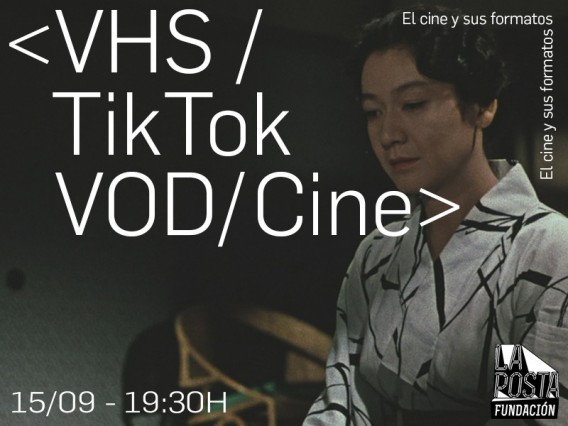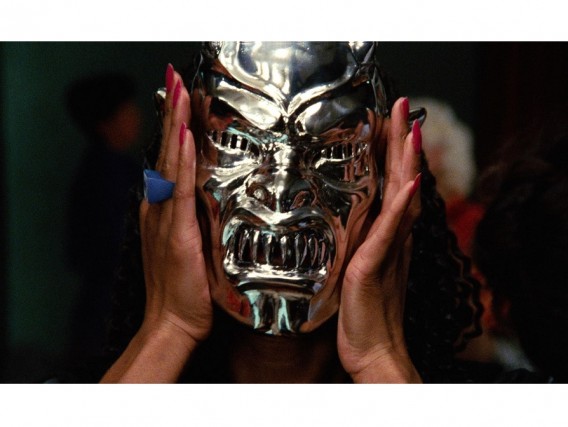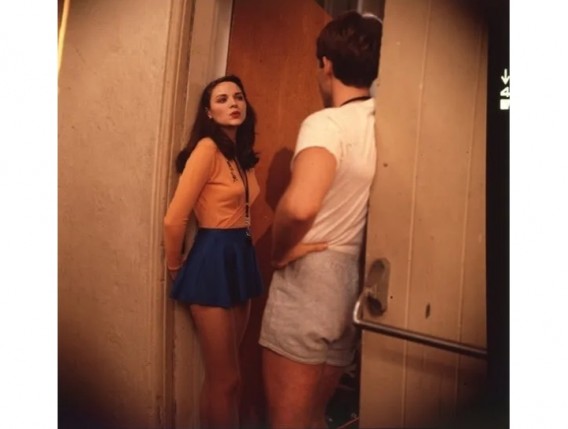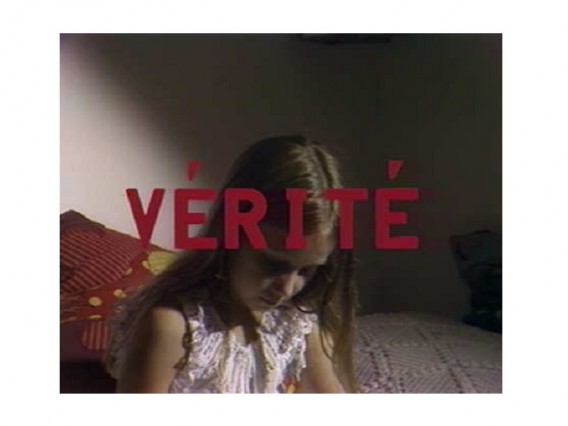EXTENDED
Aitor de Maenza, curator of the exhibition
The domestic format, streaming and social networks as a diffusion of cinema, or of the idea of cinema. Traditional film dissemination is in an era that belongs to cinematheque, small projects or the premieres of a few Hollywood successes. But this is not the end of cinema, and neither is its absorption by the television model or by that of social networks. In this case, cinema has reaffirmed itself in what essentially makes it cinema.
This exhibition presents some of these projects.
VOD, P2P or virtual communities have been essential for the cinematographic training of an entire generation, of my generation. Thanks to all this new distribution, both I and many of my friends have been able to enjoy the films of Ozu, Renoir, Mizoguchi or Tourneur despite coming from small towns, or having very limited material possibilities. Of course, the experience of a theatrical screening can rarely be imitated, but the importance that the domestic or online format has had in expanding the audience is irrefutable.
The other formats as distribution of cinematographic knowledge.
The projects presented here respond to the essential idea of what makes cinema, cinema. That which differentiates it from television soap operas or biased constructions: one’s own self-perception, being aware of one’s own existence.
Fassbinder made television and did not stop being cinema. Godard shot digitally and was still cinema. Weerasethakul replaces the projection of images with shining lights directly on the audience and it is still cinema either.
Beyond the format, cinema comes to have a discourse that is based on the irony of its objects. A language that thinks about itself to analyze its environment and study its structures, its dreams and its own traps.
A look that is defined by the material possibilities of distribution and exhibition of the medium. An example of this are some current filmmakers: faced with a dizzying panorama to make their creations known, they can have a creative freedom that pushes them to dialectic, to deconstruct the rules, to rehearse, remix or synthesize.
That is why in this exhibition there are VHSs, collaborations with online distribution platforms, streaming cinema or the classic projection on a white screen, but reinterpreted. Because we want to present new formats and distributions, and at the same time see how these new tools have led to new discourses and ways, but which continue to connect with the big names in celluloid. About how cinema continues to exist and how its mutations can continue to provide essential visions for contemporary audiovisual understanding.
Haunted Demons
In the section that imitates the most common format in cinema, the projection, we present a piece by Sergio Martín.
Based on a retelling of the film “Demons” (Lamberto Bava, 1985), the idea of how genre cinema is constructed and its consequent structures is analyzed, playing with the ambiguity about what the haunted element of the film is. In this work, Martín tries to rethink the exhaustion of some aspects of both cinema and the horror genre.
Sergio Martin (Benidorm, 1992) is an artist graduated in Fine Arts (UPV). He works as a teacher and researcher at the Polytechnic University of Valencia. He has participated in numerous publications and his work has been exhibited in spaces such as the Valencian Institute of Modern Art (IVAM), the Center del Carmen Cultura Contemporánia (CCCC), the Muxart, the Reales Atarazanas de València, La Casa Encendida, EL TuttLeman Learning Center in Philadelphia (USA), the Tenerife Espacio de Las Artes or La Filmoteca de València.
永遠の処女 – The Eternal Virgin
Regarding streaming platforms, we have the work 永遠の処女 -The Eternal Virgin by Jorge Suárez Quiñones Rivas, which was distributed internationally by the MUBI’s Notebook platform.
In it, its creator creates a montage of different scenes in which the actress Hara Setsuko travels through various everyday spaces framed in the domestic sphere. All these films, directed by the maestro Yasujiro Ozu, make up a reissue of the ideas present in the filmography of their creator, about the avatars of the female sex in Japan after the Second World War.
Jorge Suárez Quiñones Rivas (León, 1992) studied Architecture at the Higher Technical School of Madrid and the MasterLAV. His film work has been programmed at MUSAC, at the 58 Mostra de Cinema Périferico, at the Anthology Film Archive in New York or at Documenta in Madrid. Since 2017 he has been a teacher at the LAV Audiovisual Laboratory and at the TAI University School of Arts.
In 2023 his work became part of the catalog of the Light Cone in Paris.
A Continuous Screening of Bob Clark’s Film “Porky’s”
The first successful domestic format was VHS and as such, given its importance, it should be present at this exhibition.
For this we have created a reinterpretation of a Mike Kelley installation from 2002. This includes the looped broadcast of the film Porky’s (Bob Clerk, 1981), in which the film’s soundtrack has been replaced by an electronic composition by Morton Subotnik “The Wild Bull”. The piece is a reflection on desire, in a much deeper key than what was presented in the original film. While the structure of the installation recreates the aesthetics of a student’s room and emulates the atmosphere of the film that Kelley himself also experienced.
Mike Kelley (Wayne, 1954 – South Pasadena, 2012) was an essential remix artist and a type of ready-made that is essential to understanding contemporary art today.
<TikTok/Twitch>
This work is divided into two videos and deals with the dissemination of cinema through current social networks.
On the one hand, the dissemination of cinema that deals with the analysis of the image itself (Godard, Andersen, Farocki, etc.) but remixed with an update of those images that today define the audiovisual: memes, tutorials, gameplays, etc. Not by intervening in it, but by accompanying the film itself with different windows that show other alternative images to what is being told. All this encapsulated in live broadcasts through the TikTok platform.
On the other hand, we find the dissemination of “raw” movies through Twitch streams that allow viewers to make comments instantly. In this case, a Michael Snow film broadcast through the platform.
Both examples, which are projected in a reduced version in the exhibition, respond to the new ways that the technological world has fostered when it comes to decoding the image.
Alberto Barinaga (Oviedo, 1989) studied Chemical Engineering at the University of Oviedo and, despite not having an extensive, continuous and disseminated production, he creates some projects that balance between humor and a kind of revisiting of Dadaism.

A history of cinephilia from VHS to Twitch. Culturplaza Podcast




